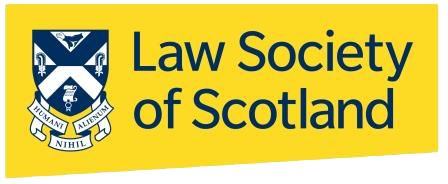Law Society diversity data offers most complete picture of profession yet
 Diversity data collected as part of the annual Practising Certificate (PC) renewal process has been published by the Law Society of Scotland today.
Diversity data collected as part of the annual Practising Certificate (PC) renewal process has been published by the Law Society of Scotland today.
Diversity questions were included for the first time in the 2020/21 PC renewal process, in order to give a better understanding of what the profession looks like and help support and advance the Law Society’s equality and diversity work.
Around 80 per cent of members completed the data, providing the most comprehensive picture of the diversity of the profession to date, how it compares to the diversity of the wider Scottish population, and the challenges that the profession faces.
Solicitors were asked for information on their ethnicity, disability, religion, sexual orientation, and social background, including the type of school they mainly attended and what their parents’ occupation was. The data was automatically anonymised to protect members’ identities.
Key findings include:
- Almost seven per cent of solicitors aged under 30 coming from a BAME background.
- 88 per cent of the profession is white, with at least 3.38 per cent coming from a BAME background.
- Around two-thirds of all newly admitted members each year are female, and just 38 per cent of all BAME solicitors are male.
- At least 3.2 per cent of the profession is LGBTQ+.
- At least 4.8 per cent has a disability, such as blindness, deafness, or a mobility impairment.
- More than 46 per cent of Scottish solicitors do not subscribe to a religion.
- More than two-thirds of the profession mainly attended a state school.
- A solicitor’s socio-economic background does not appear to affect their career progression once they are in the profession. However, it appears to be harder for those from lower socio-economic backgrounds to enter the profession to begin with.
President of the Law Society of Scotland Ken Dalling said: “We undertook this research to gain a better understanding of the Scottish legal profession and how well it reflects the society that it serves. The information obtained provides a vital and worthwhile insight into the composition of the profession and the challenges that we face. Whilst it is heartening to see that the profession is becoming more diverse, there is still progress to be made.
“With the majority of members completing the diversity information, we have our strongest evidence base yet to help us set effective policies that address the issues identified. We will do all we can to help encourage and support equal opportunities across the profession, and this data gives us a key set of benchmarks to measure our progress towards a truly inclusive profession.”
The full report can be found here.







